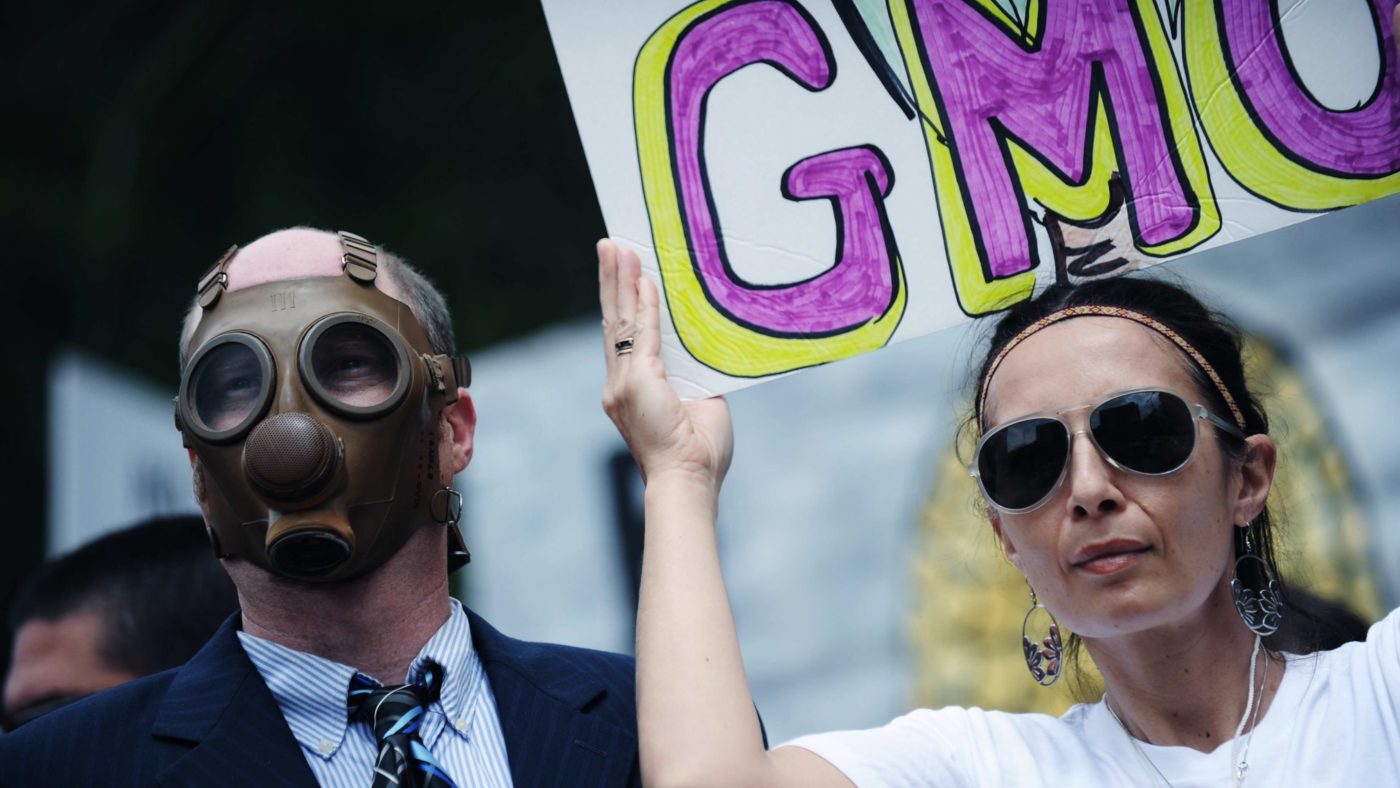The banning of Monsanto lobbyists from the European Parliament is the most recent clash in a long history of government resistance to GMOs. The idea behind regulation is that consumers sacrifice a certain level of economic freedom for a greater degree of security. In the case of Monsanto, a US producer of genetically engineered seed and herbicide, consumers make sacrifices and gain nothing in return.
The poor bear the brunt of the regulatory burden as their access to cheap foods is inhibited in the name of safety. Overall, organics are roughly 47 per cent more expensive than their non-organic alternatives. The poorest Americans currently spend 33 per cent of their income on food. For them, switching to organics would mean that their grocery bill consumed roughly half of their income. Despite this financial burden, more and more countries are forgetting about the poor and jumping on the anti-GMO bandwagon.
Most of the justification for the regulation on Monsanto relies on the mistaken idea that glyphosate, which is used in their pesticide RoundUp, is dangerous. In 2015, the World Health Organization’s (WHO) International Agency for Research on Cancer (IARC) released a report stating that glyphosate was “classified as probably carcinogenic to humans”. A year later, the WHO released another report that suggesting glyphosate is not a carcinogen. The switch is not surprising when you consider that the classification of glyphosate as “probably carcinogenic” relied primarily on evidence from studies conducted on laboratory animals. Furthermore, the current classification is actually more in line with prior studies on glyphosate. Unfortunately, scientific evidence for the safety of RoundUp and GMOs is not driving policy as evidenced by the close to 300 independent institutions that have verified the safety of these crops and their cultivation.
In the midst of panic over pesticides the most vulnerable people fall through the cracks. The world’s poor have always been the chief benefactors of agricultural advancements. Modern agriculture began with the Green Revolution, when newly-developed hybrid agriculture was being implemented all over the world. More recently, hybrid agriculture has evolved into the controversial production of GMOs. Through hybrid technology, Norman Borlaug, who is credited as the mind behind the Green Revolution, is estimated to have saved up to a billion lives.
From 1950 to 1992, global grain production increased 280 per cent to meet demands of a 220 per cent population increase. After World War II, scientists predicted mass starvation and famine due to overpopulation. But thanks to hybrid technology, these fears never materialised. Wheat output actually increased 170 per cent while cropland increased by only one percent. All thanks to the combination of science and agriculture.
Government regulation of GMOs not only hurts the poor, but could be deadly. Organic farming could only support a world population of 4 billion at most. This means that if environmentalist groups achieve their goal of a GMO-free world, they will have simultaneously succeeded in eliminating the food supply for more than half the global population. Borlaug put it best when he said, “if some consumers believe that it’s better from the point of view of their health to have organic food, God bless them. Let them buy it. Let them pay a bit more. It’s a free society. But don’t tell the world that we can feed the present population without chemical fertiliser. That’s when this misinformation becomes destructive.”
For those who wonder where their next meal is coming from, access to GMOs really is the difference between life and death.


